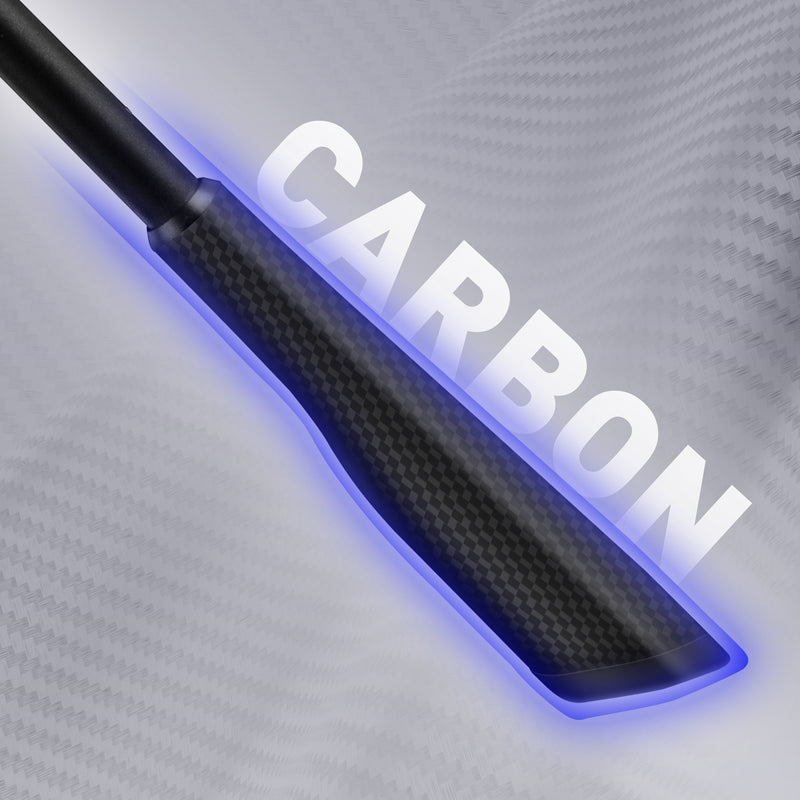Unlock the Secrets to Choosing Your Perfect Fishing Rod: A Novice's Ultimate Guide!
Choosing the right fishing rod can be a game changer for beginners looking to enhance their fishing experience. For novice anglers, the process of selecting a fishing rod can often feel overwhelming, given the myriad of options available on the market. However, understanding the fundamentals of fishing rods can significantly improve not only your performance but also the enjoyment of your fishing adventures. In this guide, we aim to illuminate the path for new anglers by providing insights into the various types of fishing rods, essential considerations for choosing the right one, and common pitfalls to avoid. Whether you're casting lines in a serene lake or tackling the waves at the coast, the right fishing rod will make all the difference in your journey as a fisher.

Understanding Fishing Rod Basics
Fishing rods come with several key components that every beginner should understand. The length of a fishing rod typically ranges from 5 to 12 feet, with shorter rods offering better control, while longer rods can cast farther. The power of a rod refers to its strength, categorized from ultralight to heavy, and directly influences how much weight it can handle. Action, on the other hand, describes how much of the rod bends during a cast—fast action rods bend near the tip, offering quicker sensitivity, while slow action rods bend closer to the base, providing more flexibility. The material of the rod, whether graphite, fiberglass, or composite, affects its weight, sensitivity, and durability. Each of these factors plays a crucial role in how a beginner will interact with the rod, making it essential to understand them when embarking on your fishing journey.
Types of Fishing Rods Suitable for Beginners
When it comes to choosing the right fishing rod, beginners often face a variety of options, including spinning rods, baitcasting rods, and fly rods. Spinning rods are generally considered the most user-friendly for novices, as they allow for easy casting and are versatile for different types of fishing. Baitcasting rods, while offering better accuracy and control, can be more challenging to master, making them less ideal for those just starting out. Fly rods are specifically designed for fly fishing and can be tricky to use, requiring practice to learn the casting technique. Each type of rod has its own set of advantages and disadvantages, and understanding these will help beginners select the most suitable option for their specific fishing goals.
Key Considerations for Choosing a Fishing Rod
Choosing a fishing rod involves more than just picking the first one that catches your eye. Novice anglers should consider the fishing environment, as freshwater and saltwater require different rod types and materials. Additionally, the target species plays a vital role; for instance, catching panfish might require a lighter rod, while pursuing larger species like bass or pike calls for a sturdier option. Personal comfort is another essential factor—make sure to choose a rod that feels good in your hands and matches your height and strength. Assessing these factors effectively can enhance your fishing experience and lead to more successful outings.
Common Mistakes to Avoid When Selecting a Fishing Rod
Beginners often make several common mistakes when choosing a fishing rod that can hinder their learning process. One typical pitfall is selecting a rod that is too heavy for their skill level, which can lead to frustration. Another mistake is not considering the type of fishing they will be doing; for instance, a rod designed for saltwater fishing may not perform well in freshwater. Additionally, many novice anglers overlook the importance of handling the rod before purchasing, missing an opportunity to ensure it feels comfortable. By being aware of these mistakes and taking the time to research and test rods, beginners can make more informed decisions.
Additional Tips for Novice Anglers
Once you’ve selected your fishing rod, there are a few additional tips that can help you get the most out of your experience. Regular maintenance of your rod—such as cleaning and checking for wear—can extend its lifespan and performance. Practice is also crucial; the more you handle your rod and practice casting, the more comfortable you will become. Lastly, remember that patience is key. Fishing can be a waiting game, and learning to adapt your techniques based on what you observe will enhance your skills over time. Don't hesitate to ask for advice from more experienced anglers or join local fishing communities to share experiences and learn from others.
Key Takeaways for Beginner Anglers
In summary, selecting the right fishing rod is a vital step for any beginner looking to enjoy the sport. By understanding the basics of fishing rods, familiarizing yourself with different types, and considering key factors like the fishing environment and target species, you can make a more informed choice. Avoiding common mistakes and implementing additional tips for care and practice will further enhance your fishing experiences. Take your time in selecting the perfect rod and enjoy the process of learning; every cast is an opportunity to improve and appreciate the beauty of fishing.







